On Tuesday, Xiao Bian noticed a message from a user asking for advice on configuring their system. While the setup seemed fine at first glance, further inspection revealed a potential issue. The user had purchased a bulk CPU but neglected to select a compatible heat sink. This oversight raised concerns about how the CPU would function effectively without proper cooling. After inquiring, it became clear that the user hadn’t considered the importance of a heat sink. Today, Xiao Bian decided to address this topic and share essential knowledge about choosing the right heat sink for your CPU.

**Material Selection: What Should You Choose?**
Besides opting for a boxed CPU, one of the primary decisions users face is whether to purchase a stock heat sink or explore aftermarket options. This decision largely depends on the specific requirements of your CPU.
Aluminum alloy heat sinks are generally the most cost-effective option for computer cooling. Aluminum is favored due to its lightweight nature and excellent thermal conductivity, making it ideal for dissipating heat from electronic components. However, pure aluminum is too soft, so manufacturers typically add small amounts of other metals to create an alloy with the desired hardness.
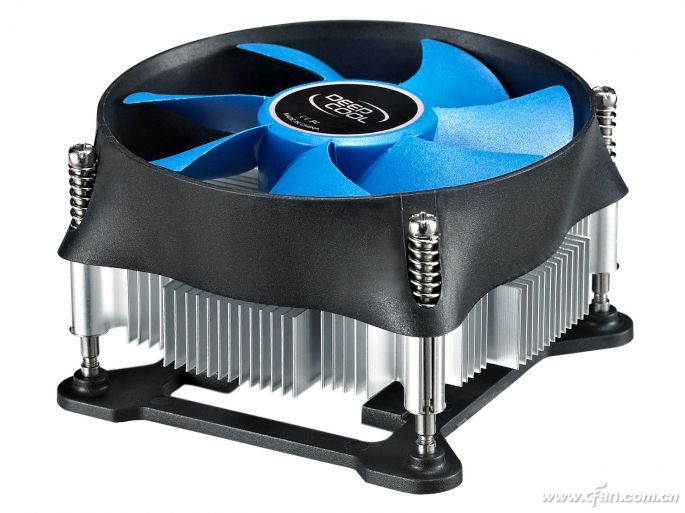
Another popular material is copper, which boasts superior thermal conductivity compared to aluminum. Unfortunately, copper heat sinks are significantly more expensive. For this reason, pure copper is usually reserved for high-end cooling solutions, where cost isn't a major concern. Additionally, copper heat sinks tend to be heavier, which can put unnecessary strain on the motherboard if not properly supported.
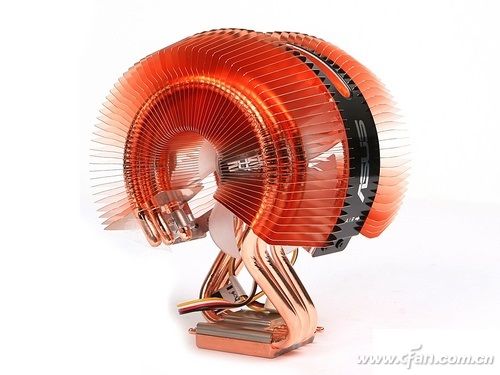
**The Importance of Heat Pipes**
Have you ever noticed that most aftermarket heat sinks come equipped with heat pipes, while boxed CPU coolers often lack them? Heat pipes play a crucial role in enhancing cooling efficiency. These copper tubes contain a liquid that transfers heat through the process of thermal expansion and contraction, quickly removing heat from the CPU and transferring it to the heat sink. The inclusion of heat pipes can significantly increase the cost of a heat sink, ranging from 80 yuan to several hundred yuan depending on the number of heat pipes (two, three, four, five, etc.).
Xiao Bian would like to caution readers that unless you’re an experienced overclocker or working with a CPU that generates a lot of heat, investing in a top-tier heat sink with five heat pipes might be unnecessary. A three-heat-pipe solution should suffice for most users.
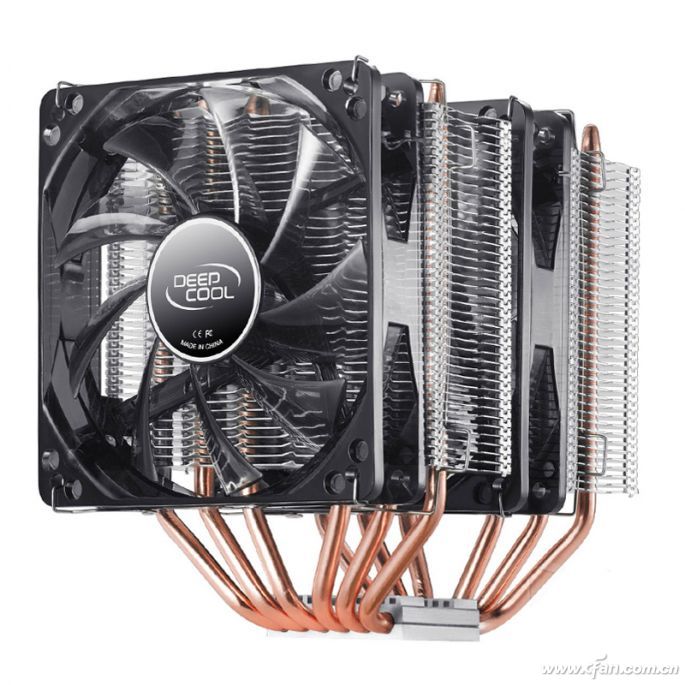
**Does Size Matter for Fans?**
Some CPU heat sinks feature impressively large fans, measuring 8 cm or even 12 cm in diameter. These designs aim to maximize airflow and improve cooling performance. However, such fans require ample space for installation, especially when dealing with motherboards that have memory slots close to the CPU or high-profile memory heatsinks. Additionally, if the power supply unit's heat sink is positioned above the CPU, compatibility issues could arise. Before purchasing, always verify the dimensions of your motherboard and consult with the seller if unsure.
From Xiao Bian’s perspective, unless you have specialized needs, opting for standard-sized fans (8 cm to 12 cm) is perfectly acceptable. Not only do these fans avoid potential installation challenges, but they're also more budget-friendly.
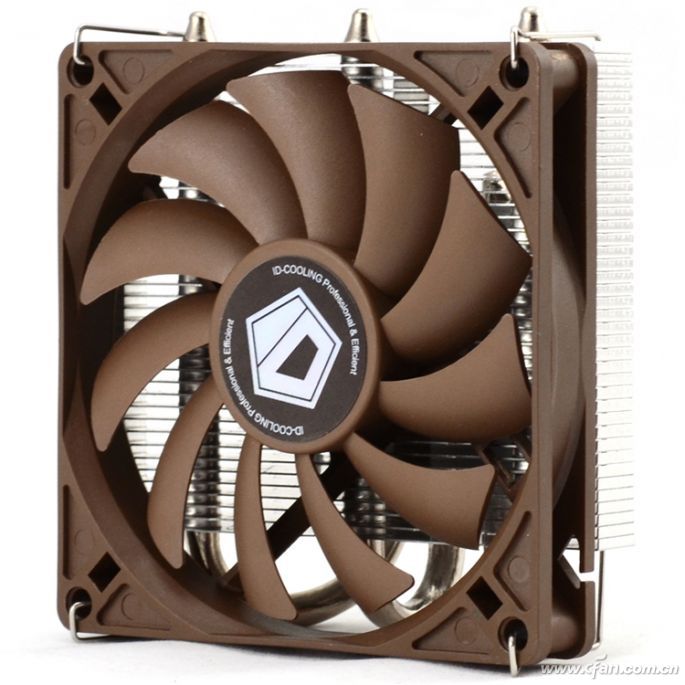
**Push-Down vs. Side Blowing: Which is Better?**
CPU cooling fans come in various forms, but ultimately, their core functionality boils down to airflow direction. Early computer CPUs relied on simple “push-down†designs, where the fan blew directly onto the CPU. Modern systems, however, often incorporate “side-blow†configurations, where the fan blows across the heat sink rather than directly onto the CPU. There’s also the rarely seen “turbine†design, which has mostly faded from the market.
When comparing these two cooling methods, push-down designs tend to offer more direct and effective cooling. For enthusiasts aiming to optimize overall system cooling or build a comprehensive airflow channel, side-blow cooling may be preferable. That said, the effectiveness of either method heavily depends on the internal chassis airflow. In cramped cases without planned front and rear cooling solutions, push-down fans remain the optimal choice. It’s important not to assume that side-blow cooling is inherently superior or that push-down fans are always the most effective.
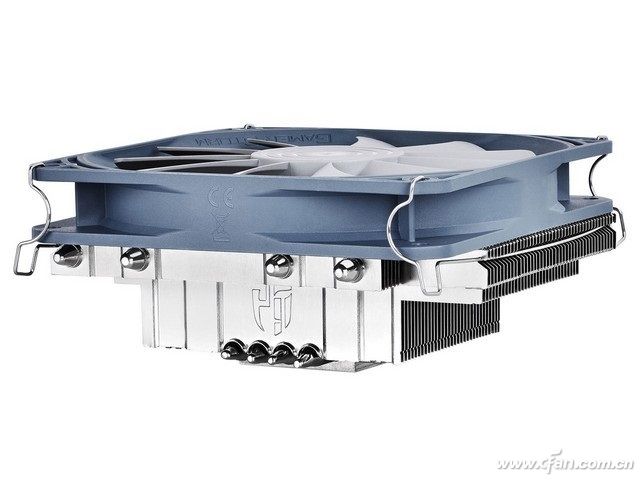
**Does Thermal Paste Make a Difference?**
Silicone-based thermal pastes have become nearly synonymous with CPU cooling, but tests reveal that high-end pastes only marginally outperform budget options. For casual users, there’s little practical benefit to splurging on expensive pastes. However, those engaging in overclocking or extreme performance tuning should invest in quality thermal paste—it can make a noticeable difference in achieving peak performance.
To summarize, for regular users, an 80 to 100 yuan heat sink with two to three heat pipes should provide adequate cooling for most tasks. If you’re dealing with a compact case and demanding workloads, a four-heat-pipe solution is recommended, with prices ranging from 100 to 300 yuan. Keep in mind that larger heat sinks often command higher brand premiums. For serious overclockers or DIY enthusiasts, more advanced cooling options exist, though Xiao Bian won’t delve further into those specifics here. Rest assured, any heat sink priced above 80 yuan will likely outperform boxed coolers. Of course, if you’re a die-hard fan of AMD’s RGB-lit coolers, Xiao Bian won’t discourage you!

In conclusion, selecting the right heat sink requires careful consideration of your CPU’s specifications, available space, and personal preferences. Whether you’re building a new system or upgrading an existing one, taking the time to research and choose the best cooling solution ensures both performance and longevity.
Dm Filter Inductor,Cylindrical Power Inductor,Ring Inductor Filter,Custom Common Mode Inductive Filters
Huizhou Show-Grand Electronics Co., Ltd. , https://www.sgtransformer.com